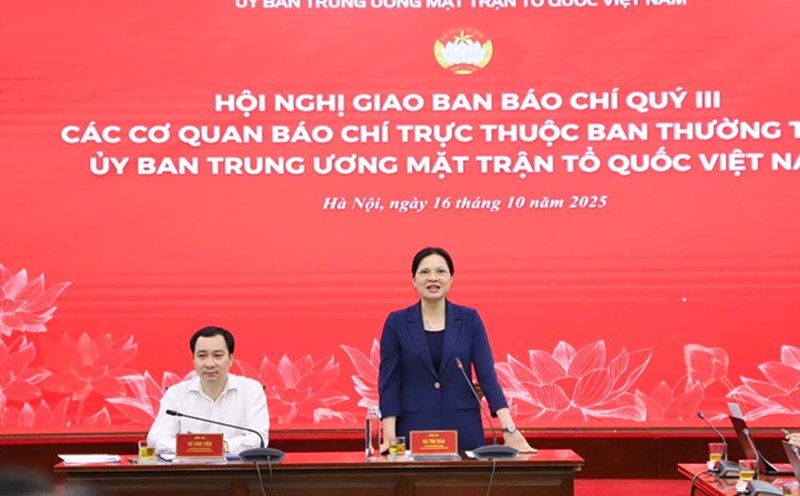Apple has just announced a major step forward in its global sustainable development strategy when signing a contract to provide 650 megawatt (MW) of renewable energy in Europe, including wind power and solar power projects that are or are about to be put into operation.
This is Apple's latest effort to reduce carbon emissions and offset the amount of electricity users consume through products such as MacBook, iPhone or Apple Watch, which account for nearly a third of the company's carbon emissions.
Although Europe is not a sun-popular region, Apple is expanding its portfolio with 110 MW in Greece and Latvia, 131 MW in Spain, 40 MW in Poland, 99 MW wind power projects in Romania and 129 MW in solar and wind power in Italy.
A large part of this electricity will be used to support Apple's data centers, retail operations and supply chains in the region.
Not stopping there, Apple also announced a $150 million investment in China to help local suppliers switch to renewable energy.
Currently, more than 90% of Apple's manufacturing activities in China are powered by clean electricity - a figure that shows the company's strong commitment to the goal of carbon neutrality by 2030.
Notably, this information only appears on Apple's regional news sites in Europe and Asia, not posted on the official US news site.
Observers say this may be related to the political context, as the Trump administration previously showed hostility towards renewable energy policies.
Apple is not the only giant to follow this path. Microsoft and Meta are also stepping up investment in solar power.
This year, Meta added more than 2 gigawatt (GW) of solar power capacity, while Microsoft reached a total of 1.5 GW.
According to experts, in addition to environmental goals, economic factors and implementation speed also promote this wave.
Solar and wind power are currently among the cheapest power generation sources, competing directly with coal and natural gas.
When combined with the storage battery system that is being discounted rapidly, they can provide a stable power source 24/7.
For technology companies in the race to ensure energy for data centers and AI systems, this is a strategic step not only for the environment but also for the future of global operations.











